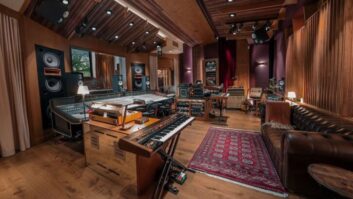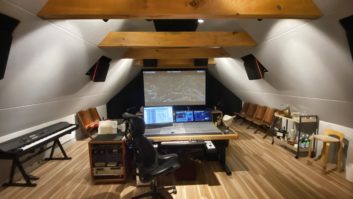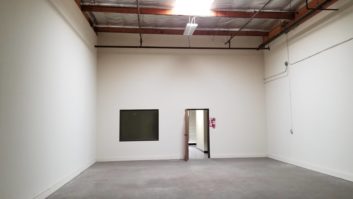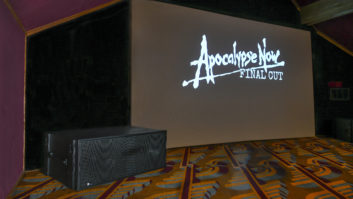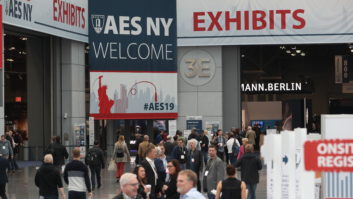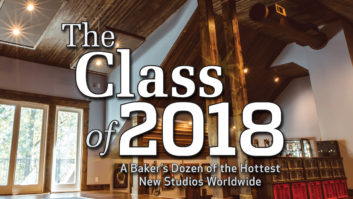After 30 years, I still get a kick out of putting together Mix’s annual June issue on acoustics. Back when I first started, Mix co-founder David Schwartz told me that if you want to know what’s going on in the audio industry, talk to the studio designers—they’re usually a step or two ahead of the curve because they are building for the future. It turned out to be true. And studio designers are typically a most interesting type of individual.
Acoustic Materials: Emphasis on Packaged, Room-Based Absorption, Diffusion Systems, June 11, 2018
Tech Profile: Acoustic Geometry, by Tom Kenny, June 11, 2018
Plus, we get to look at all these amazing studios that opened over the previous 12 months—designed and built by some of the most talented architects and acousticians in the world—and assemble them into our annual “Class of …” photo feature, put together this year, as in many, many prior years, by my talented colleague Barbara Schultz. Take a look; once again there is ample evidence that studios remain a vital and vibrant part of the music and sound industries worldwide.
The Class of 2018, by Barbara Schultz, June 1, 2018
But it’s the very science and, yes, art, of acoustics that I find fascinating. Science and art aren’t supposed to fit hand and glove so readily; by definition, they are somewhat at odds, to the point that we even informally categorize individual humans as either left-brain or right-brain. I think back fondly to my many conversations on the topic with the late, great Mix columnist Stephen St. Croix, who remains to me the poster boy of the fusion of left-brain/right-brain, science and art. For goodness sake, he developed the Marshall Time Modulator and remixed The Wizard of Oz in surround for VHS, among so many other accomplishments.
Sound conforms to scientific laws, at least in principle. In dry air at 0° Celsius, it travels at 1,087 feet per second. It travels in a wave, so you have angles of incidence and reflection, and you have repeatability. It is somewhat predictable in different mediums, at different densities. It does conform to the laws of physics. But once sound enters the real world, all bets are off. You get hard-to-predict cancellations, additions, nulls, modes, dropouts and all sorts of cacophony. Sound can be tamed, but it can never really contained.
Inside a recording studio, or a concert hall, where we seek the most perfect sound environment, the study of sound behavior is most critical. Recording studios fill multiple needs, from the ability to capture the impulse generation of a rock ’n’ roll drummer to the accurate reproduction of a stereo image in the critical-listening environment of control room playback. There needs to be a console, a desk, some couches and doors, windows, a low or high ceiling, wood floors, and, increasingly, lots of glass to let light in. There are first- and second-order reflections. The two main tools to solve problems are diffusion and absorption. That’s where the art comes in. That’s why studio designers are so crucial to our industry, and it’s why acoustic materials come in all shapes and sizes. Studios are not labs. They need to look good and feel good if the magic we call music is to be captured.
There are no perfect studios. There are big commercial studios that have noticeable acoustic anomalies, and there are bedroom studios that sound amazing. I was reminded of all this when talking with John Calder, who started Acoustic Geometry outside of Minneapolis back in 2011 because he had a problem that he needed to solve in his basement studio. If a recording engineer is willing to spend upward of $10,000 on a microphone, he figured, then they at least should care a little bit about their room. So he set about to provide some simple solutions based on science and research.
But it’s what Calder says in summation that really got me. “We’re all about making the room better,” Calder says simply. “You’re never going to have a perfect room. Never. The research tells us that your brain is amazing at putting together a sound image. You just have to help it out a little bit.”
I couldn’t have said it better.
